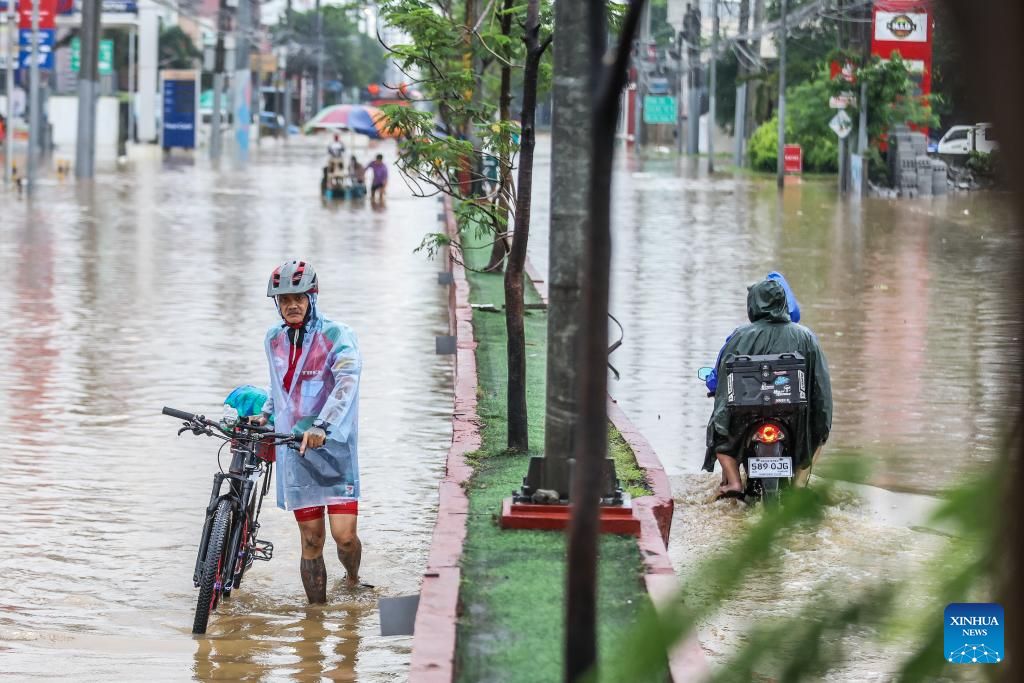In recent weeks, the Madden-Julian wave (MJO) has undergone significant changes as it moved across the Indian Ocean at a slow pace in early March.
Currently, according to observations by the US Joint Typhoon Warning Center (JTWC), MJO is tending to spread eastward, but the range has weakened for a few days. MJO's momentum is currently centered around the 110-degree East line.
It is forecasted that next week, MJO will move rapidly across the Maritime Continent with an amplitude of low or almost zero as it moves into the West Pacific.
Climate models are still not unified in the intensity and development of the MJO as it enters the West Pacific.
The European Center for Medium-term Weather Forecasts (ECMWF) forecasts that the low frequency signal of the El Nino phenomenon in the East Pacific is increasingly affecting the global climate. Meanwhile, the Global Comprehensive Forecast System (GEFS) and the US Climate Prediction System (CFS) do not support this scenario because the unusually warm water layer in the East Pacific is still quite shallow, instead forecasting a more organized MJO in the West Pacific.
Despite the uncertainties, the forecast model still shows the possibility of more tropical storms forming in the South Indian Ocean and South Pacific by the end of March. In contrast, the probability of storms appearing in the Southeast and South Central Indian Ocean has decreased after a period of strong activity from late February to early March.

No storms have formed since last week and there are currently no active storms. However, the JTWC is monitoring a disturbance (91S) in the Southeast Indian Ocean, which is likely to develop into a storm next week.
Both GEFS and ECMWF expect unusual low-pressure westerly winds in the area to continue to persist and expand eastward over the next week, creating favorable conditions for the development of the storm from Australia's Kimberley coast to the San Ho Sea.
Therefore, the probability of typhoon formation is placed at 40% from the 120 degrees East longitude to 145 degrees East, north of Australia, with a wider area with a probability of 20%.
Probability forecast tools also show signs of an increase in the northern equator, especially the Philippine Sea, but current conditions are not favorable for storm formation.
The latest weather forecast from the Philippine Atmospheric, Geophysical and Astronomical Services Administration (PAGASA) said that storms are unlikely to form in the area near the East Sea at the end of March.
The northeastern Madagascar region may also see typhoons, but the prediction is still uncertain due to the MJO's inhibition period.
Forecast of increased rainfall in the eastern and central equatorial Pacific. Higher than average temperatures are forecast in many areas of the western United States and some areas of Southeastern United States where droughts are occurring.
Extreme heat conditions are also possible in West Africa and the Indian subcontinent, with daytime temperatures exceeding 40 degrees Celsius.











